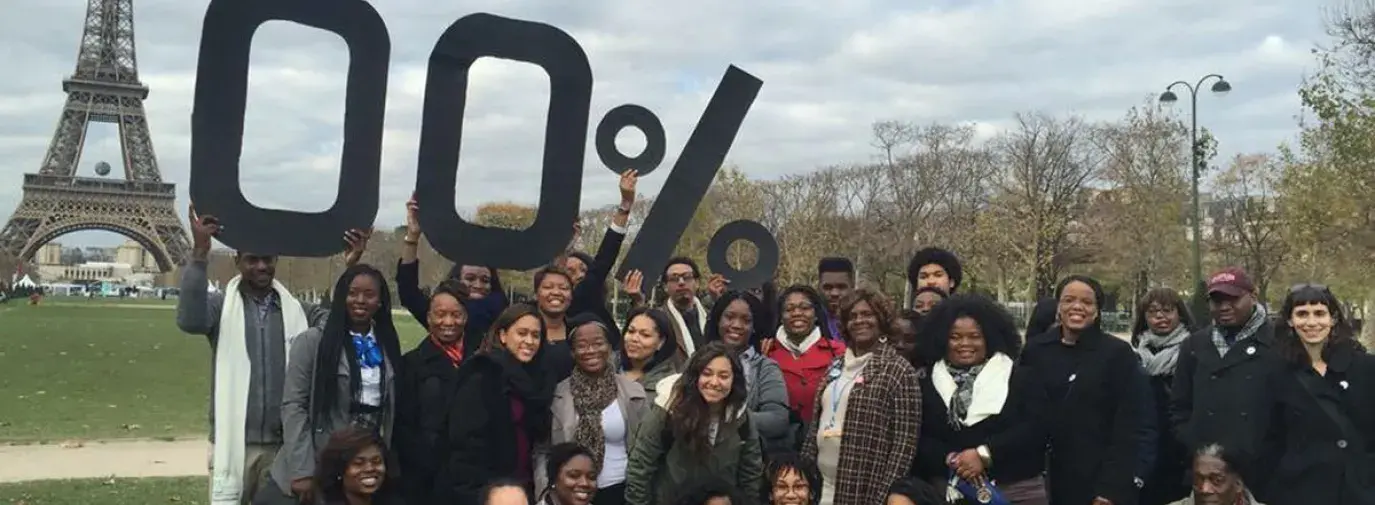
On December 10th, 2015, a delegation of 50 members, most from 15 historically Black colleges and universities held a rally. The familiar, and frequently polarizing, chant of “Black Lives Matter” echoed in the hallways of the Le Bourget Conference Centre. This was Paris, France; this was the United Nations’ 21st Conference of the Parties (COP21). The movement/delegation was there on behalf of minority communities calling for “climate justice.” “Dirty Air = The Silent Killer of the Black Community,” read one sign, “Don’t Frack Up My Neighborhood,” read another.
The Black Lives Matter (BLM) movement is perhaps best known for attempting to open a national conversation in the US around police brutality. But some BLM activists are now connecting the dots between the inequities in how police interact with communities of color versus White neighborhoods, and inequities in how communities of color are protected from the effects of climate change — as they are often hardest hit by them.
Black Lives Matter in Paris
Sarra Tekola, a climate justice and Black Lives Matter campaign activist, was one of those speaking about these connections in Paris. “When you think about a cop shooting you, it’s an immediate death,” she explains. “But climate change — with [related] pollution that’s mostly in our backyard — is still killing us. Respiratory diseases, asthma, and various cancers are slower killers, but connecting them to Black Lives Matter is really important.”
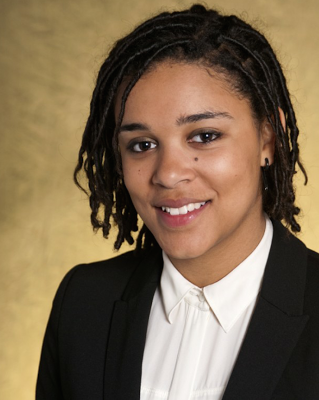
These issues are all connected, so you can’t solve climate change if we do not also solve other inequities.
— Sarra Tekola, Black Lives Matter campaign activist
According to a 2012 study by the National Association for the Advancement of Colored People’s (NAACP), Black and Latino families are more likely than White households to live near coal-fired power plants, for example. And African Americans and other communities of color are often more vulnerable to drought, heat islands, and extreme weather events, due to a legacy of socioeconomic inequalities or unequal protection from local and national government officials.
The delegation staged various actions such as protests, speeches, and workshops to educate anyone interested on the plight of low-income communities and people of color.
“At the end of the speeches, we put breathing masks on to represent the air quality in our neighborhoods and walked out into the green space of the COP21, where the public is allowed to be, [to stage a die-in] and chant “We Can’t Breathe!’” recalls Tekola. Afterwards, the delegation rose to their feet and started to chant “Black Lives Matter.” “It was really dope because there were Africans and Indians and people from around the world who joined in.”
While some may have been initially confused, thinking the climate change discussions were being co-opted to amplify concerns of stateside police brutality, Tekola and the delegation soon explained why Black and Brown lives also matter when it comes to the climate crisis.
“These issues are all connected, so you can’t solve climate change if we do not also solve other inequities,” says Tekola. “Eric Garner died because he couldn’t breathe [after being put in a banned chokehold by New York City police], and there are so many kids in communities of color who are dying because they can’t breathe [from coal pollution]. In the end, I think everyone who heard us realized that, and it was a very powerful moment.”
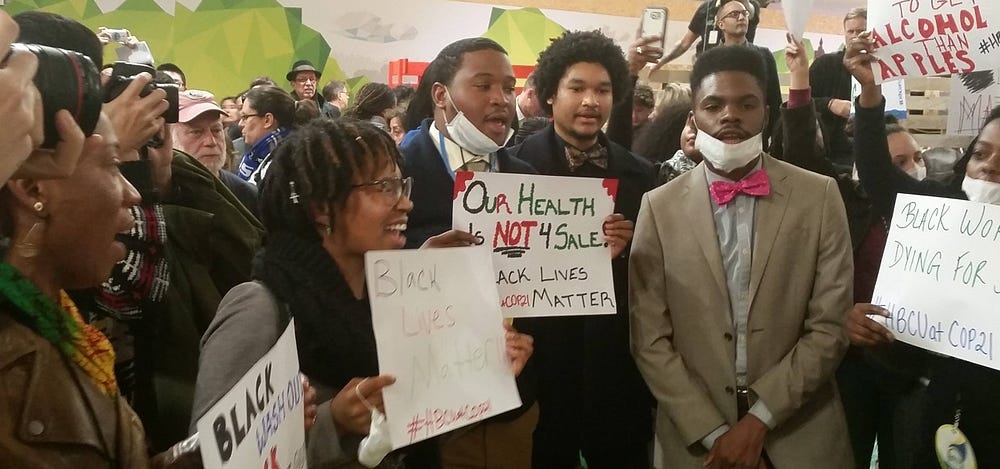
Bringing in Diverse Voices
Part of the reason people of color haven’t been as able to contribute to the larger conversation around climate change — the one that includes inequities in race, class, and other socioeconomic factors — is that mainstream environmental groups have largely failed to reach out to them and hear their stories, says Dr. Robert Bullard, Dean of the Barbara Jordan-Mickey Leland School of Public Affairs at Texas Southern University. Dr. Bullard was one of the organizers of the delegation.

“People of color may not belong to an environmental organization but are members of churches, civic groups, civil rights or faith-based organizations that do work in areas of environmental and climate justice,” he says. “Environmentalism has to be broadened to incorporate organizations and groups that may not necessarily have ‘environment’ in their name.”
Environmentalism has to be broadened to incorporate organizations and groups that may not necessarily have “environment” in their name. — Dr. Robert Bullard, “Father of Environmental Justice”
Jacqui Patterson, director of the NAACP’s Environmental and Climate Justice Program, was also well aware of that need. The NAACP sent its own delegation of youth and front-line community leaders to Paris, led by Patterson.
“People are really being starved for conversations around race and climate change,” she says. Back in 2009, when the program first launched, she started by going out in communities of color to obtain the firsthand accounts of experiences dealing with impacts of climate change that would shape the program’s strategic objectives.
She was flooded with responses.
“We got stories like, ‘Yeah, as a matter of fact, my wife or husband or brother or sister died of lung cancer, and they’ve never smoked a day in their life,’” recalls Patterson. “Time and again, you heard people like teachers talk about all the kids in their school with inhalers, and others talk about having people in their church needing respirators.”
The stories had a striking repetitiveness, but looking at the numbers — including that 68 percent of African Americans live near coal-fired power plants despite making up only 13 percent of the US population — things became obvious and, to an extent, uglier.
“It was really a listening time,” explains Patterson, “but at the same time, we started drawing connections between what our communities are experiencing and climate change. Then we started working on solutions.”
Cooperation Jackson Leads the Way
It isn’t just climate change that’s affecting communities of color; it’s also the greening process that’s largely excluding them. But African-American communities are taking action where governments are stalling.
Much of the Gulf Coast region is still struggling to recover from Hurricane Katrina, the superstorm that hit the Gulf Coast in 2005. Kali Akuno, co-founder of Cooperation Jackson, a cooperative network in Jackson, Mississippi, points out that there are several climate-change impacts in the region that were, and are, having pervasive adverse effects.
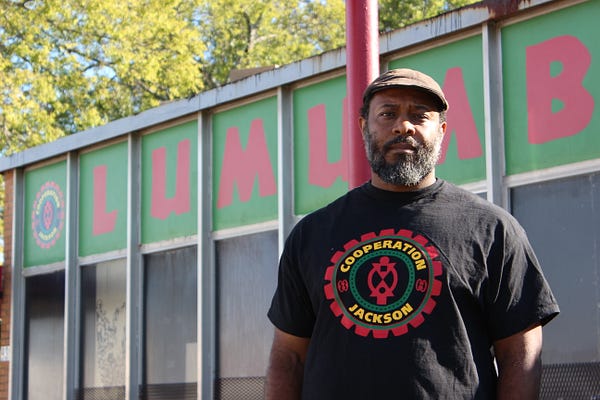
We are the product of a resilient community, and a resilient people who have had to make a way out of no way. — Kali Akuno, co-founder of Cooperation Jackson
“The swamp and marsh lands of the Mississippi Delta are disappearing at a rapid rate before our eyes due to rising sea levels,” he says. “And over the past 20 years, our growing zones have shifted rapidly, as the overall climate is becoming more tropical in certain places and more arid in others.”
The changing of these zones, which were once well-suited for agricultural crops, is gutting the state’s economy, which is still heavily dependent on food production.
So organizations like Cooperation Jackson have sprung up to address these deficiencies related to climate change, as well as the region’s history of discrimination and economic inequality. Cooperation Jackson aims to transform Jackson into the green capital of the South in such a way that benefits everyone and can be replicated in other resource-strapped and low-income communities. The overall goal is to create a network of worker-owned cooperatives and enterprises in Jackson to keep a greater concentration of earned income circulating locally.
Cooperation Jackson’s community Housing Co-op has purchased a number of vacant lots and abandoned homes to develop sustainable low-income housing, with an eye for energy-efficiency. It also plans to develop a zero-waste, highly energy-efficient “EcoVillage” co-housing community. Much of this work will be completed by other Cooperation Jackson co-ops, including the green Construction Co-op and the Waste Management/Recycling Co-op.
“We live in an extremely poor community,” says Akuno. “Energy-efficient houses, powered by solar and thermal energy will radically change the quality of life in our community by reducing energy costs by at least half.”
The group has already established and is expanding a network of cooperative urban farming plots around the city, to supply Jackson with affordable, high-quality food to fight against food deserts, which have only become more prevalent since Katrina.
Cooperation Jackson also plans to launch a child care co-op, to provide affordable child care and a “multicultural education” to the city’s children. And soon, the Nubia Lumumba Arts and Culture Co-op will expand the arts, entertainment, and hospitality industries in the city.
From Akuno’s perspective, sustainability and resilience isn’t a new concept people of color have turned to in an effort to fight climate change. “We are the product of a resilient community, and a resilient people who have had to make a way out of no way,” he says. “So we draw our inspiration and lessons from this rich history to add to its legacy. In Jackson, we can be an example for other oppressed and exploited communities throughout the US and the world.”
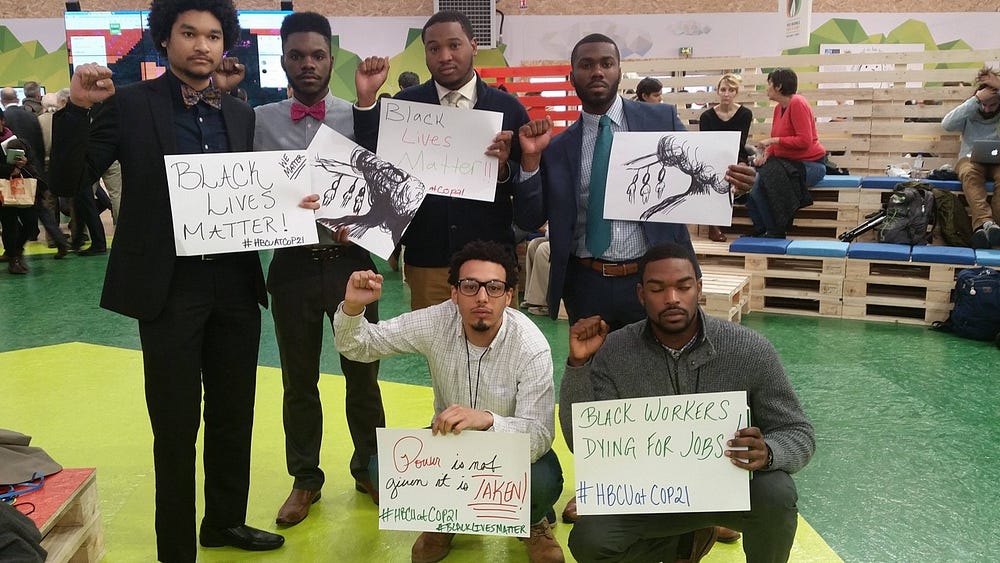
Taking it to the Streets
Both communities of color and White communities are looking at solving the climate crisis, but for a different set of reasons, says Akuno. Communities of color often start from the pragmatic viewpoint of having access to the worst food, and of not having jobs or sustainable farming. White communities, on the other hand, are more likely to already have their basic survival needs met and come more from a standpoint of environmental conservation, he says.
Wherever there is an injustice and wherever people are exploited, the ecosystem as a whole will collapse. — Sarra Tekola
“The challenge that we’ve had is to get these two points to converge and see the need each has for the other,” says Akuno. “[It’s not about] trying to shame people or exclude them or make them feel bad. The point is to call this out so we can address it and come up with a practical, concrete, and strategic solutions that’ll help us all go forward.’”
Most importantly, he says, decision makers in all communities need to be representative of the changing demographics of the world, to ensure everyone can afford sustainability.
It’s to everyone’s benefit that we make both happen sooner rather than later, says Sarra Tekola.
“Our economy is measured by growth, but it’s a finite planet,” she says. “Those inequalities [that currently exist] will eventually affect all of us because we all share the same atmosphere. Wherever there is an injustice and wherever people are exploited, the ecosystem as a whole will collapse. These things are very much connected.”
The best way for all people to help is by spreading awareness, through conversation and activism, says Tekola.
“I’ve worked in nonprofits and government agencies, and the ecology side and also in academia,” she says, “but what I’ve seen get the ball rolling more than anything is when people get out in the streets and push for change.”







